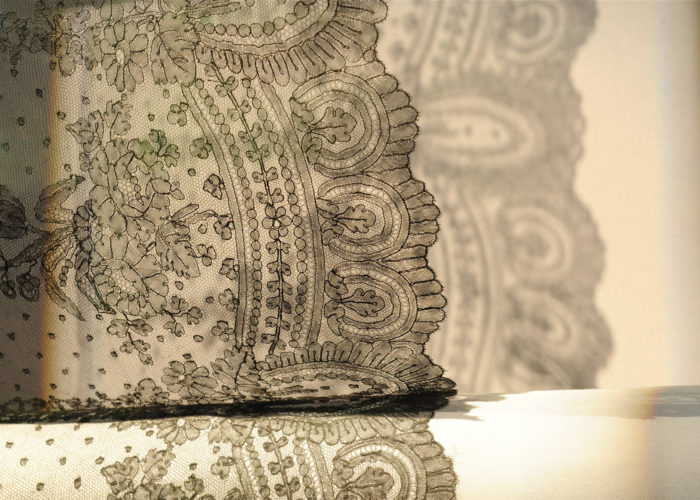
Share
The episcopal palace incorporates many historical layers, from the Middle Ages to the 21st century, in both its construction and its interior layout. Palace and collections are in constant dialogue. The museum layout covers an area of 1,500m² arranged in 14 spaces, showcasing 800 archaeological and ethnological artefacts, almost 600 works of art of which 250 are paintings and prints (including works by Champaigne, Boucher, Caillebotte, Boudin, Van Dongen) and over 1,000 pieces of Bayeux porcelain and lace.




Discover the masterpieces which symbolise the MAHB, from Prehistory to the 20th century, with one key piece per section to help you get an idea of the museum before your visit.




Hand-made bobbin lace was introduced to Bayeux in the 17th century on the initiative of the bishop, and made the town famous. Bayeux shawls, stoles, parasol trims and fans were worn by the most distinguished ladies in Europe.




The story of the Bayeux porcelain factory is of a long industrial adventure which developed over a period of 150 years. It is part of the rich history of European ceramic arts.
Bayeux offers far more than the famous Bayeux Tapestry Museum! Set in the historical episcopal palace, another gem of the city, the Baron Gérard Museum of Art and History (MAHB) offers extensive collections in archaeology, painting, ceramics, lacework, prints, and photography. These collections are thoughtfully arranged in a 14-room chronological journey. Highlighted within the permanent exhibition are two extraordinary paintings by the celebrated Impressionist Gustave Caillebotte – a must-see at the MAHB!